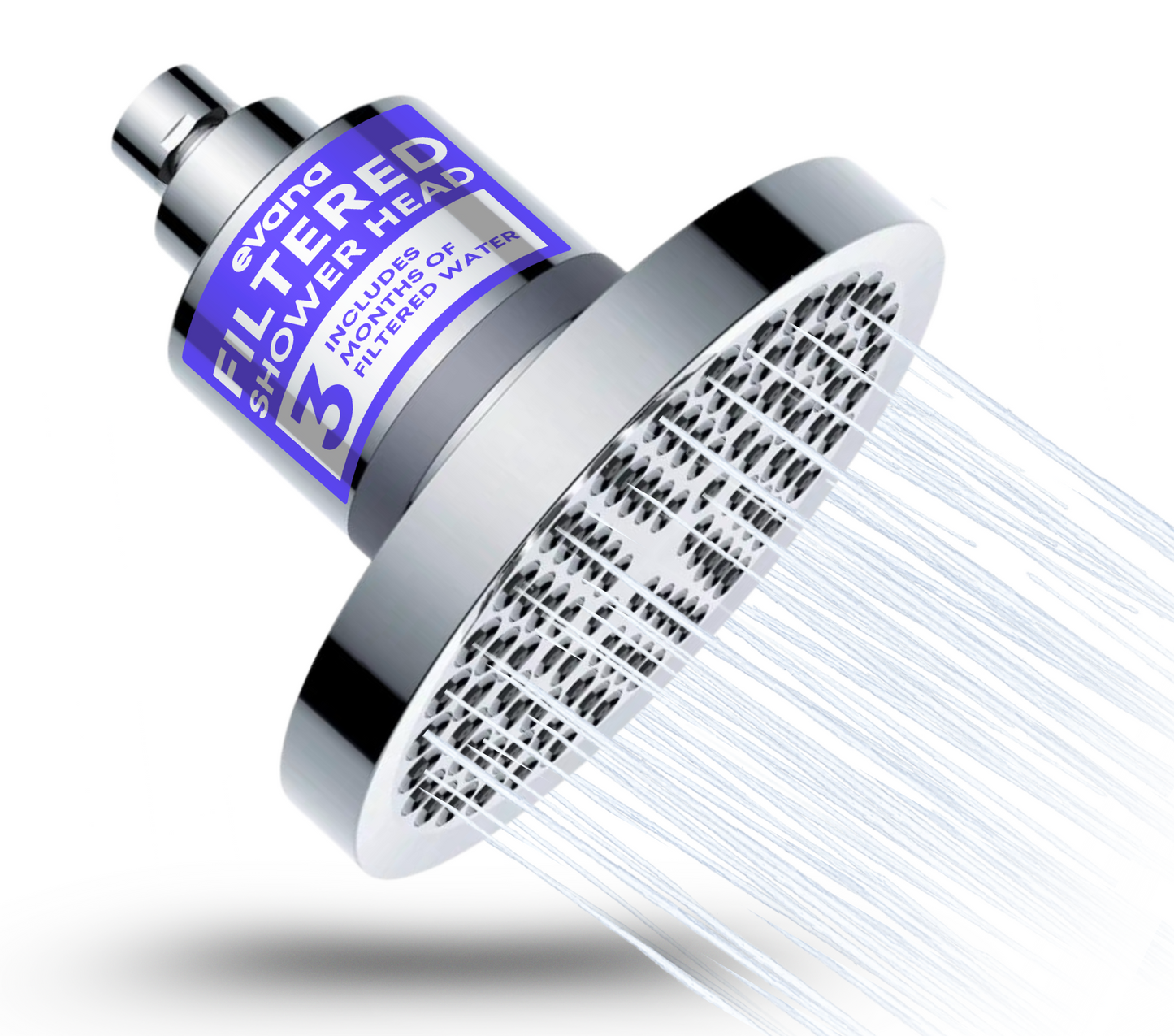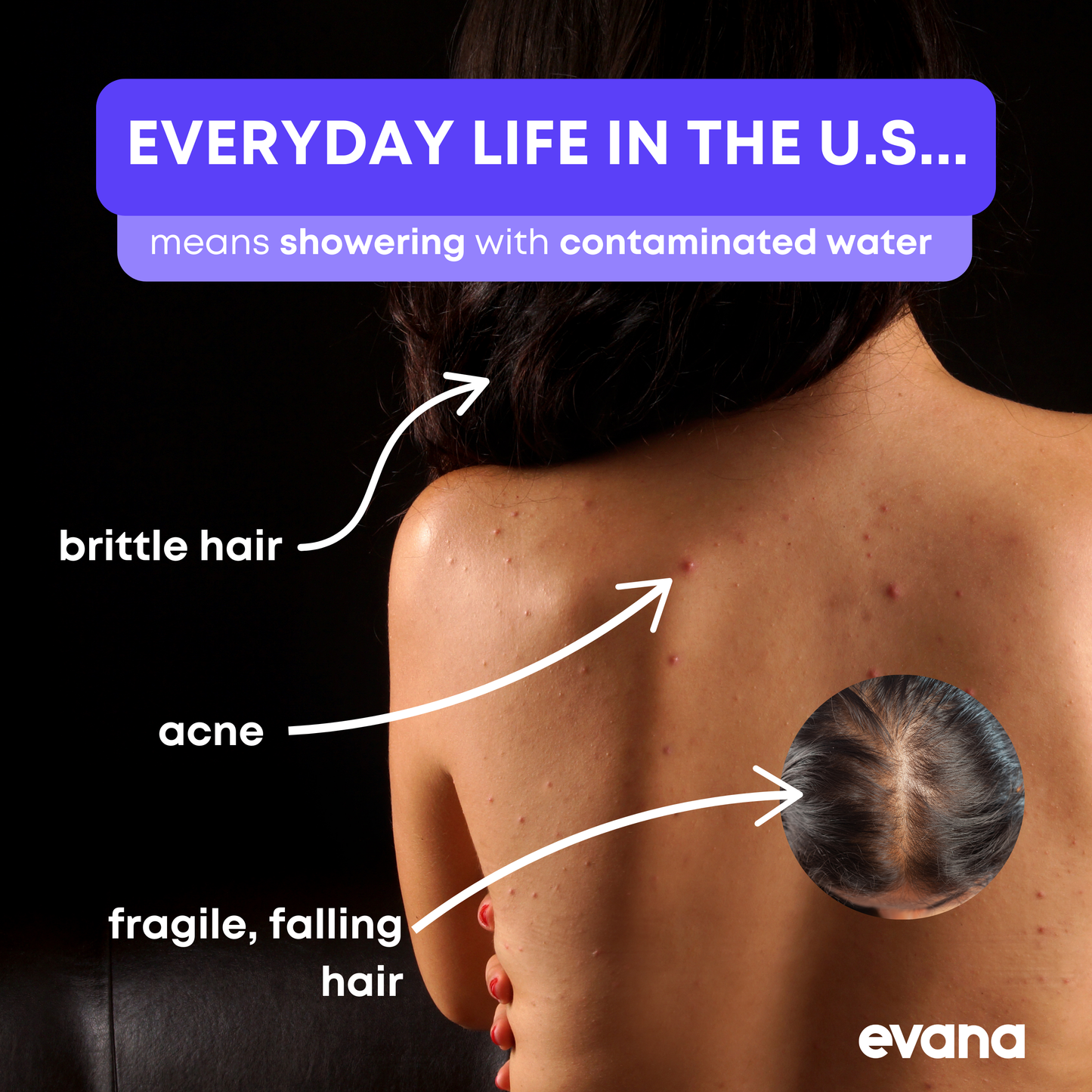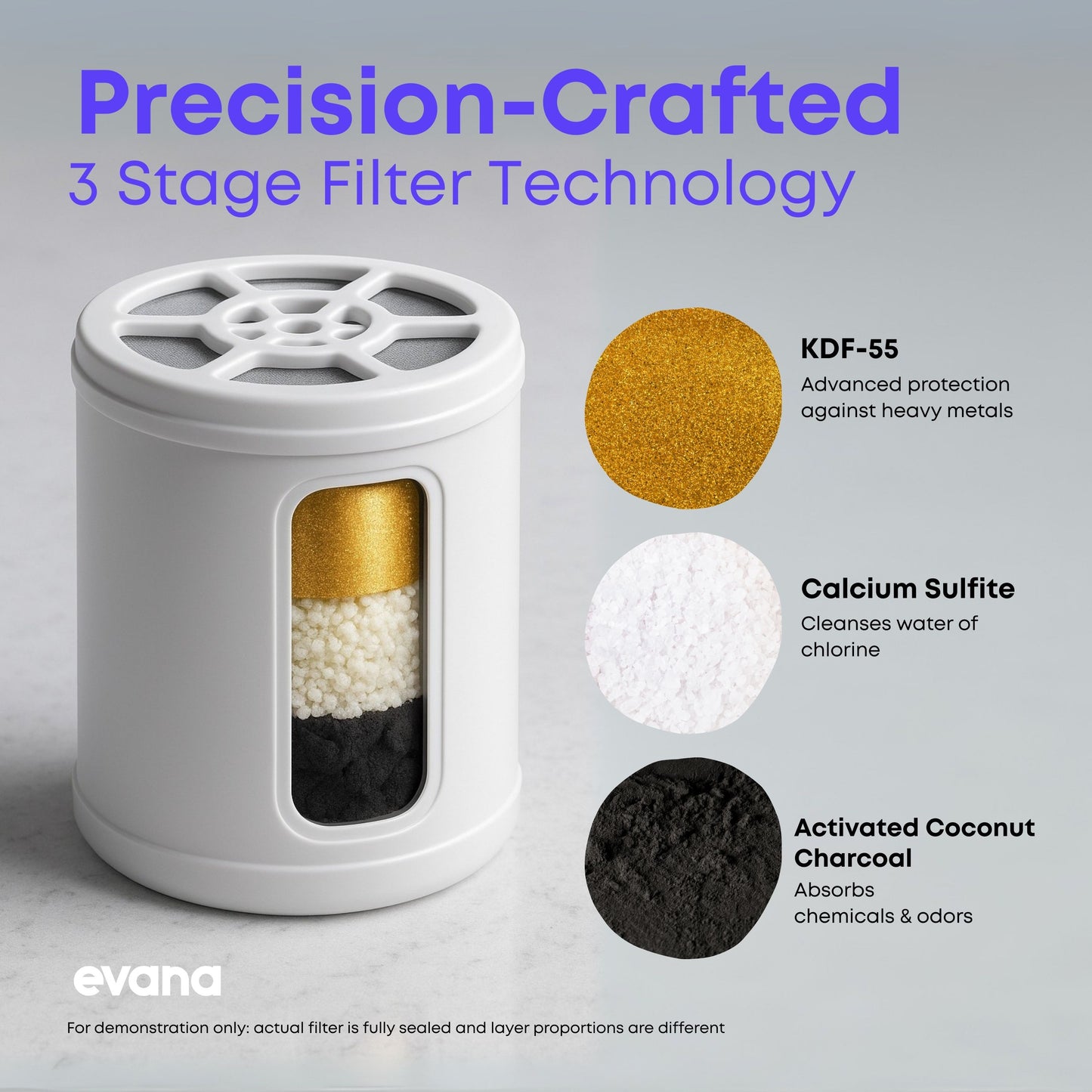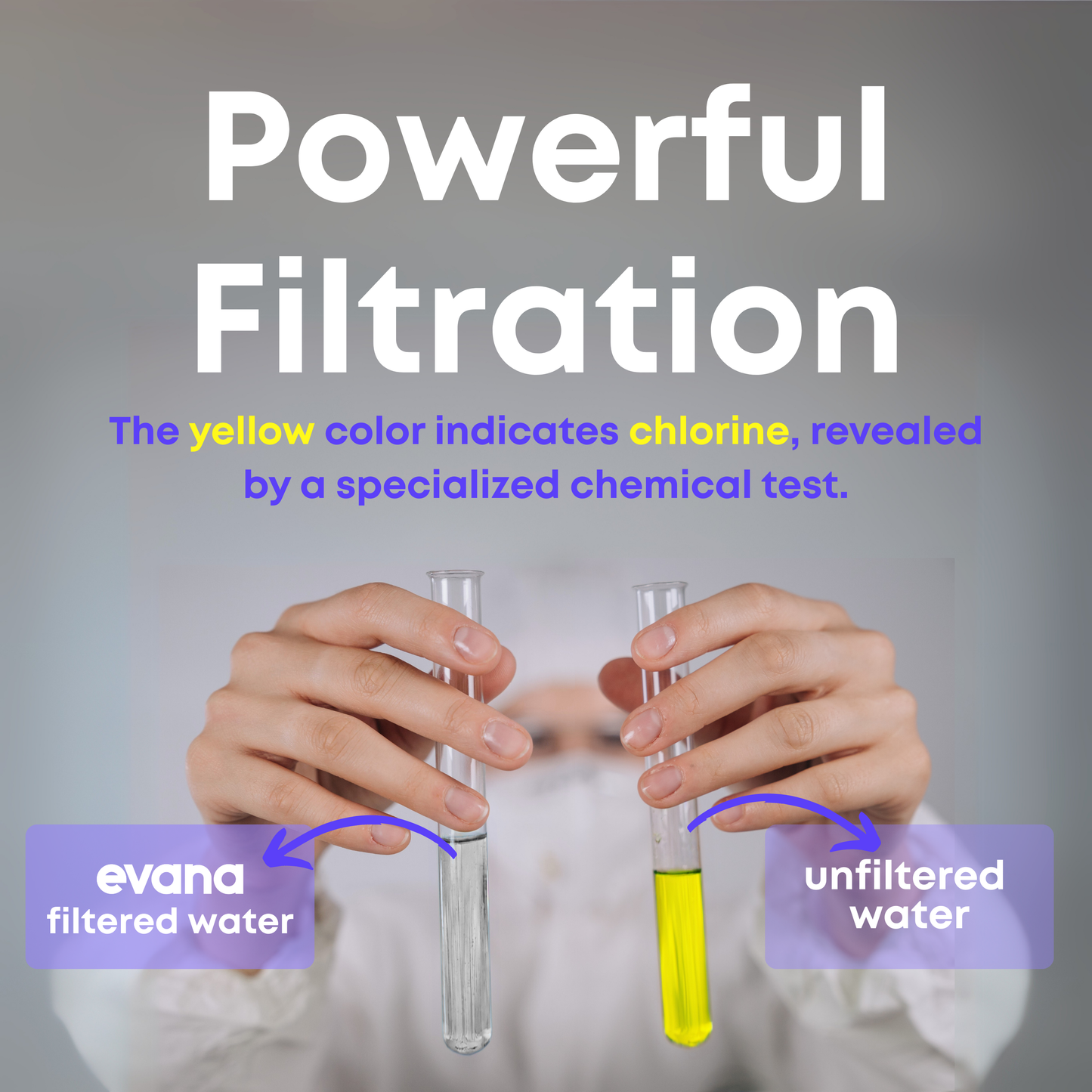![]()
When it comes to air quality, you might have seen numbers like PM2.5 and PM10 pop up in reports, apps, or even weather forecasts. But what do these numbers mean, and why should you care?
What Are PM2.5 and PM10?
PM stands for Particulate Matter, which refers to tiny particles or droplets in the air that can be harmful when inhaled. The numbers 2.5 and 10 refer to the diameter of these particles measured in micrometers (µm). For context, a single human hair is about 70 µm thick, so these particles are incredibly small—especially PM2.5!
-
PM10: Particulate matter that is 10 micrometers or smaller. This includes dust, pollen, and mold.
-
PM2.5: Fine particulate matter that is 2.5 micrometers or smaller. These particles are often from combustion sources like car exhaust, industrial emissions, and even wildfires.
Why Does Size Matter?
The smaller the particle, the deeper it can penetrate into your lungs and even enter your bloodstream. This is why PM2.5 is considered more dangerous than PM10. While PM10 can cause irritation in your eyes, nose, and throat, PM2.5 can lead to more serious health problems like heart disease, stroke, and respiratory issues.
Sources of PM2.5 and PM10
-
PM10 Sources: Construction sites, unpaved roads, pollen, and dust storms.
-
PM2.5 Sources: Vehicle emissions, industrial processes, burning of fossil fuels, wildfires, and even indoor activities like cooking and smoking.
Health Effects
-
Short-Term Exposure:
-
PM10: Eye, nose, and throat irritation, coughing, and sneezing.
-
PM2.5: Aggravated asthma, difficulty breathing, and increased risk of heart attacks.
-
-
Long-Term Exposure:
-
PM10: Reduced lung function and chronic respiratory diseases.
-
PM2.5: Cardiovascular diseases, lung cancer, and premature death.
-
How to Protect Yourself
-
Monitor Air Quality: Use apps or devices that track PM2.5 and PM10 levels in your area.
-
Stay Indoors: On days with high pollution, limit outdoor activities, especially if you have respiratory issues.
-
Use Air Purifiers: Devices like the Evana Cloud One can effectively remove PM2.5 and PM10 particles, ensuring cleaner air inside your home.







